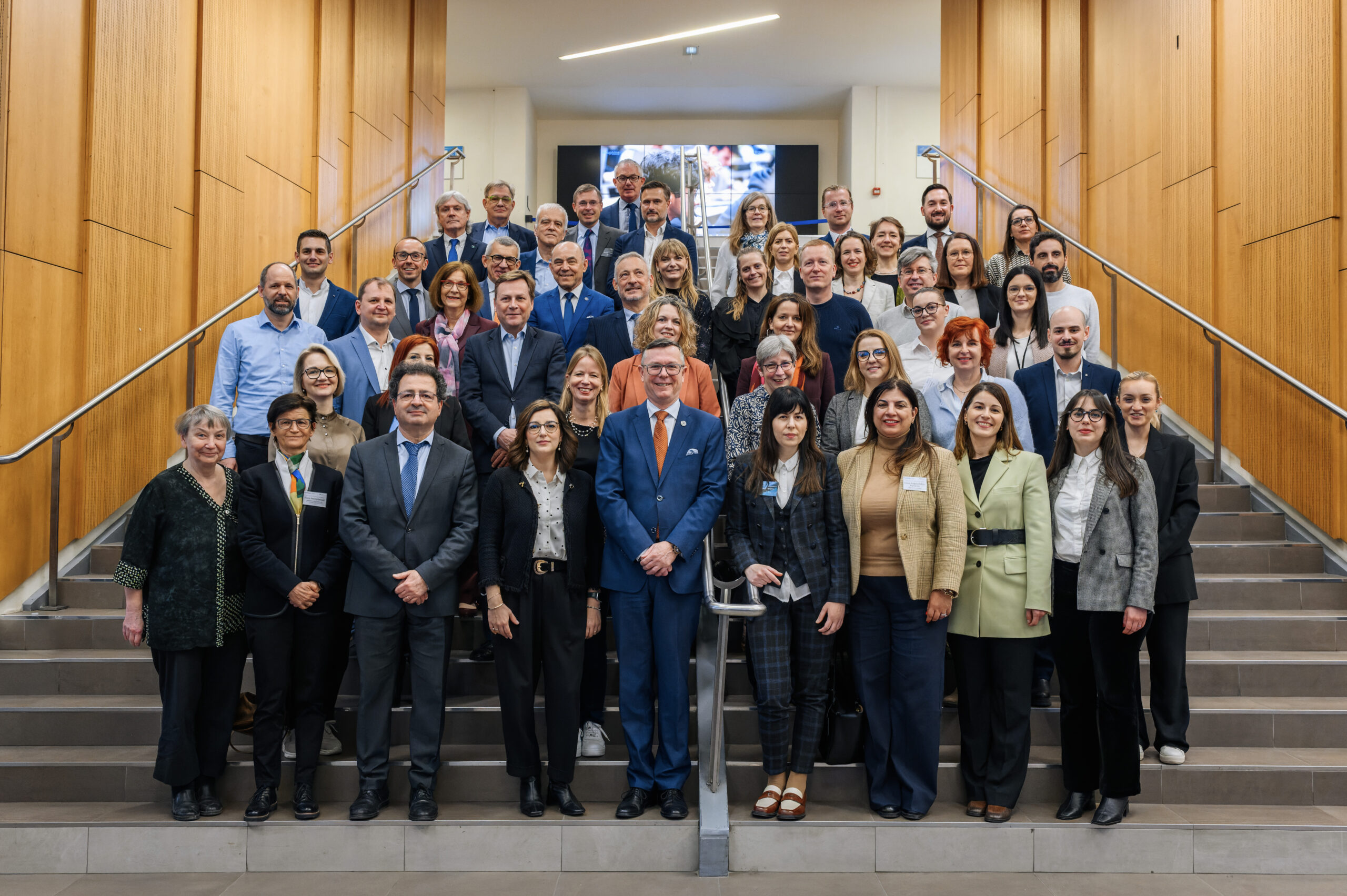EU Member states are currently discussing the legislation for the EIT and its Strategic Innovation Agenda. The proposed dedicated action for EIT to boost innovation capacity in universities beyond the KICs is being questioned. Read more why a positive spill-over of the EITs education agenda to a wider community is timely and relevant, and how it can help to transform higher education.
YERUN previously advocated for more openness in KIC membership, urging for transparent and harmonized membership regulations. Proposed measures aiming for openness are now well integrated in the legislative texts. YERUN also advised for more outreach to higher education institutions (HEIs). Openness and outreach to HEIs are essential to prevent (or mitigate the effects of) a further innovation divide in Europe’s higher education landscape, composed on the one hand of established entrepreneurial universities embedded in ‘institutionalized’ innovation ecosystems, and a larger number of HEIs unable to grasp the opportunities or hampered to raise the bar.
YERUN therefore very much welcomed the new intervention domain proposed for the EIT to fostering entrepreneurship and innovation capacity development in HEIs and involvement of universities in innovation ecosystems. But at this point in the negotiations, some parties criticize the proposed action (CSA) and its corresponding budget, designed to implement this new mission. As a follow-up of our policy paper “Inclusive and open: this is how the EIT could support innovative higher education all over Europe” published last September, YERUN members would like to further elaborate on their position on these specific aspects of the proposal:
Questioning the action (CSA) with its earmarked budget, equals overall questioning the new intervention domain of the EIT to promote entrepreneurship and innovation capacity development in European higher education.
The legislative proposals for both Horizon Europe and the EIT entrust the EIT to contribute to the innovation transformation of European higher education. This objective results from the High-Level Group evaluation (2017) of the EIT, which concluded that the EIT’s regional impact and its impact on European higher education remained limited. It is evident that the EIT must target higher education institutions beyond those that are already established KIC members, as these obviously already classify as entrepreneurial and innovative and are embedded in powerful innovation ecosystems.
The EC rightfully expects universities to take up an active role in regional, national and European innovation ecosystems, and seeks to assist this process through the ‘European Innovation Ecosystems’ program, part of Horizon Europe’s ‘Innovative Europe’ pillar. The EIT, funded under the same pillar, should be involved: with the new intervention domain and its derived action, the EIT and the KICs are triggered to contribute to this important societal objective.
At the same time, the EIT – an independent but financially supported EU body – would add to the renewed modernisation agenda of the EC for higher education (2017), in which entrepreneurship and innovation capacity development in HEIs is listed as an important objective. This agenda recommended the EIT to further develop its outreach activities for regional integration and for the benefit of higher education, and a broader use of the EIT label.
This new intervention domain of the EIT needs to be implemented by means of activities drawn by the KICs. KICs are mature partnerships composed of strong innovation actors (business, RTOs and universities). KICS and their constituents have the experience and expertise to promote entrepreneurship and innovation capacity development in HEIs. It is essential that the role of the KICs for the implementation of the action is made explicit in legislation.
Specifically, the action must for a large extent be translated into activities that promote knowledge sharing, best practices and capacity development in HEIs directed at students, researchers and support staff for HEIs not involved as partner organizations in KICs. The EC formulated proposals for the implementation of the action (Staff Working Document – Impact Assessment 11/7/2019) largely situated at EIT’s institutional level. But it is advisable to implement a significant part of the budget of the action at the level of the KICs, complementing their education and training activities. The EIT can coordinate and monitor the implementation.
An earmarked budget for this action is essential to safeguard its concrete implementation. At the same time, a meaningful budget will ensure that these activities do not come to the detriment of other objectives of the EIT and the KICs. The proposed budget (400 million) is not excessive in the light of the importance of the challenge. The action can be carried out in a synergetic manner with other instruments such as the ERASMUS program. It does not undermine the knowledge triangle concept, on the contrary, such action would strengthen an essential side of the triangle, moreover the one that is to serve the other actors of innovation community (business, government, citizens). Also for the business community this is a clear win.
The new intervention domain for the EIT partly justifies the substantial proposed budget increase for the EIT (+25%). If the EIT would not recognize a role for itself to contribute to this objective, the corresponding budget for the action would need to shift to another European instrument. In this case, the ERASMUS program may be the logical alternative. But also in this case the budget should be used for levering entrepreneurship and innovation capacity development in HEIs by allowing more universities to interact with the EIT and its KICs.
In a nutshell: EIT’s new intervention domain and its derived action (CSA) for innovation capacity development in European higher education is timely and relevant and can generate substantial impact. It will push the required positive spill-over of the EITs education agenda to a greater group of universities, researchers, students and staff. It will accelerate the involvement of universities in innovation ecosystems and strengthen their relations with businesses, assisting in the necessary transformation of higher education in Europe. This action will grant the EIT a much needed additional proof of societal impact.
Author: Anne Adams, co-chair of the YERUN EU Policy Working Group, Antwerp University.










